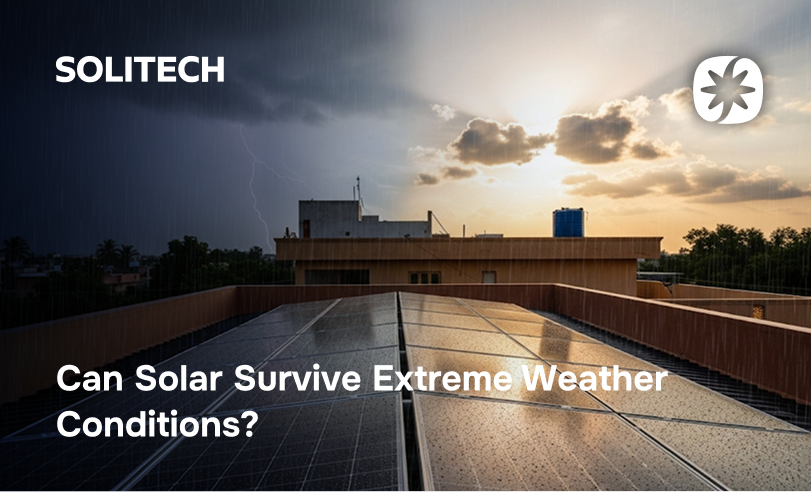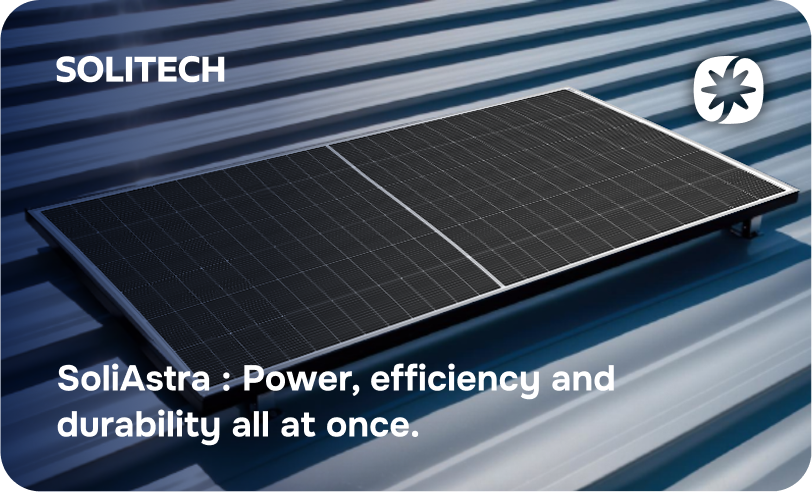
Can Solar Survive Extreme Weather Conditions?
The simple answer to this question is yes. We all know what the climate is like in India. So, it is also necessary to have that type of solar panel on your roof.
Power your future with Solitech Solar – where innovation meets sustainability to deliver reliable, energy-efficient solutions for a brighter tomorrow.

The simple answer to this question is yes. We all know what the climate is like in India. So, it is also necessary to have that type of solar panel on your roof.

Installing solar is not only enough to reduce electricity bills, but it also has many hidden benefits, one of which is that it increases the value of the property.

The demand for solar energy is increasing worldwide and a large number of people are becoming aware of it. So it is natural that due to this response, the latest technology comes into the solar sector. TOPCon solar panels are one of them.

Generally, if you want to install solar in a home or industry, PERC panels are more useful, but if you want to install solar parks, commercial spaces, and large piles, TOPCon solar panels are more efficient.

Today, the influence of technology is increasing in every field. Along with this, solar energy is also not the same as before, many advanced technologies have come into it. TOPCon Solar Technology is one of them. At Solitech Solar, we are proudly said that we manufacturing TOPCon modules. mainly TOPCon Panel help extend the lifespan of solar panels.

An unexpected revolution is about to happen in the solar sector in the next 5 years, and it is almost here. Solitech is also not forgetting to keep walking with it.

The entire world is moving towards green energy today, and when it comes to green energy, solar energy comes first. Today, the use of solar energy is increasing day by day in every corner of India.

The dream of energy independence is becoming a reality for homeowners across Surat, Gujarat, and beyond. While solar PV modules, like those expertly crafted by Solitech Solar, harness the sun’s energy, a crucial piece of the puzzle for maximizing self-consumption and resilience is battery storage.

The world is buzzing about solar energy, and for good reason! It’s a clean, sustainable solution that’s empowering homes, businesses, and industries. However, with any popular technology comes its fair share of myths and misconceptions.

The aura of solar power is unexpected. Clean, sustainable energy flowing directly from the sun to power our lives. But when you’re looking at solar panels, one term constantly pops up: efficiency.